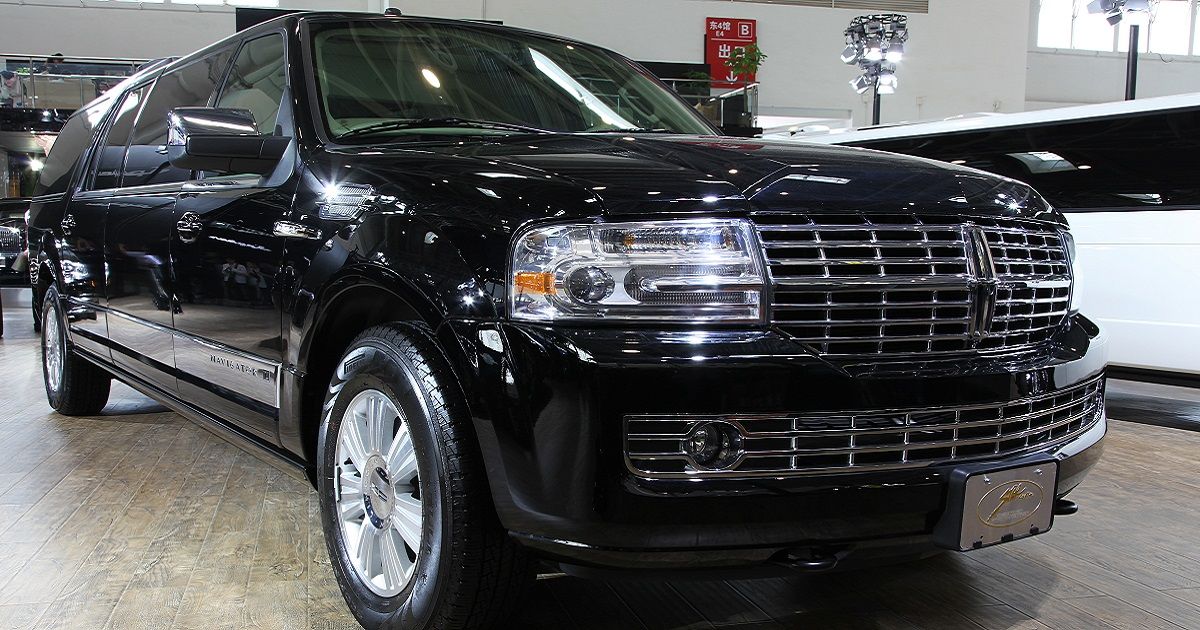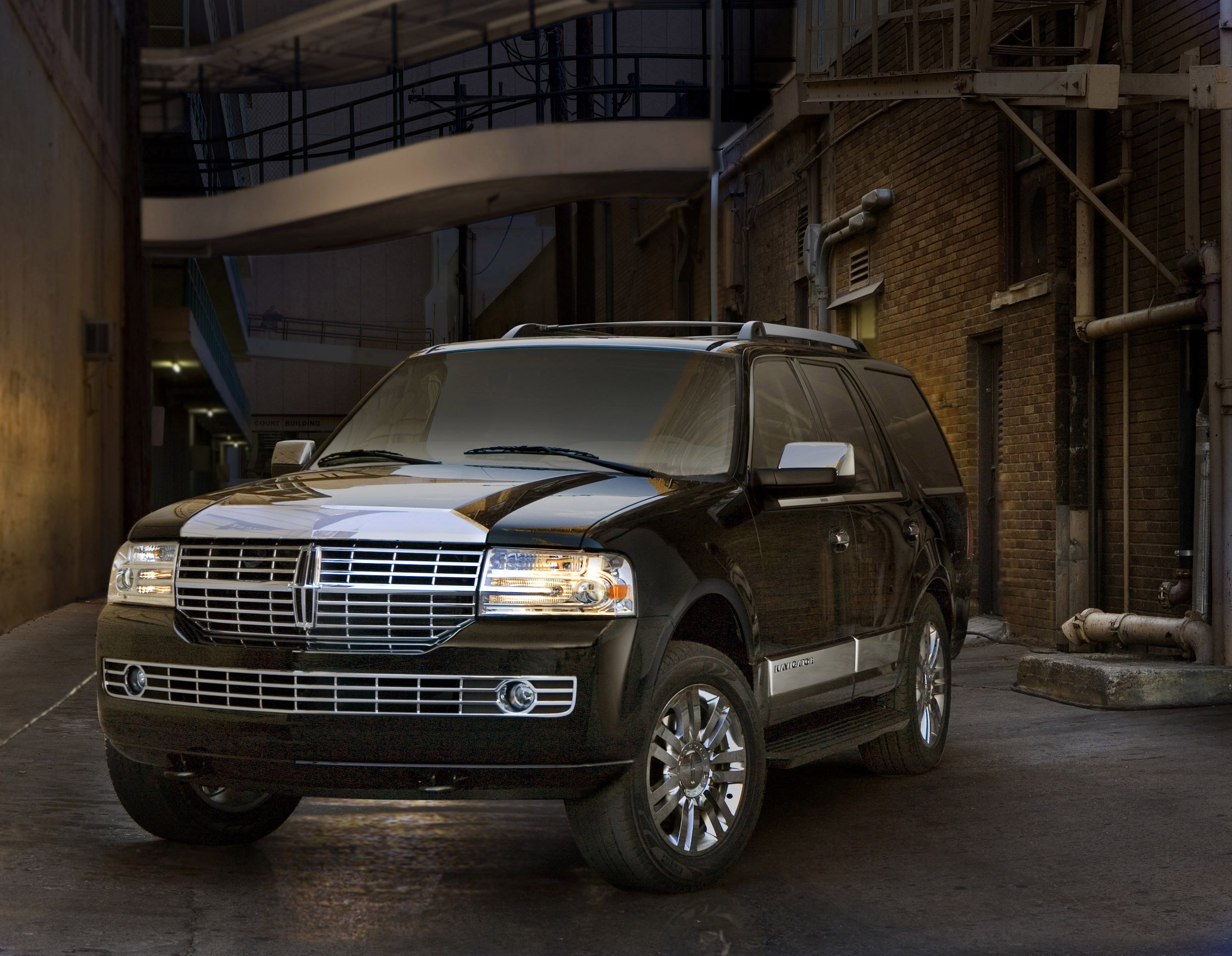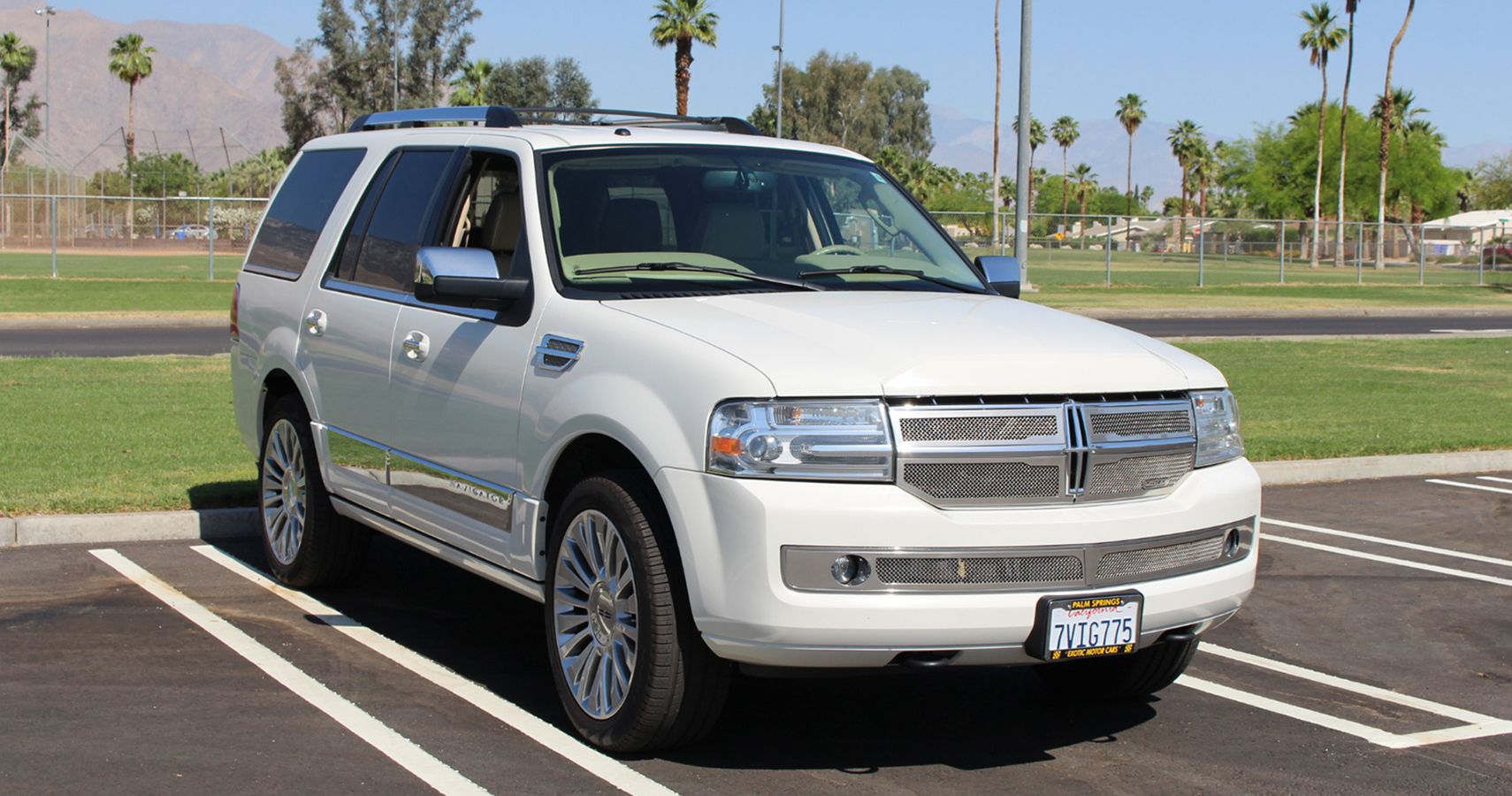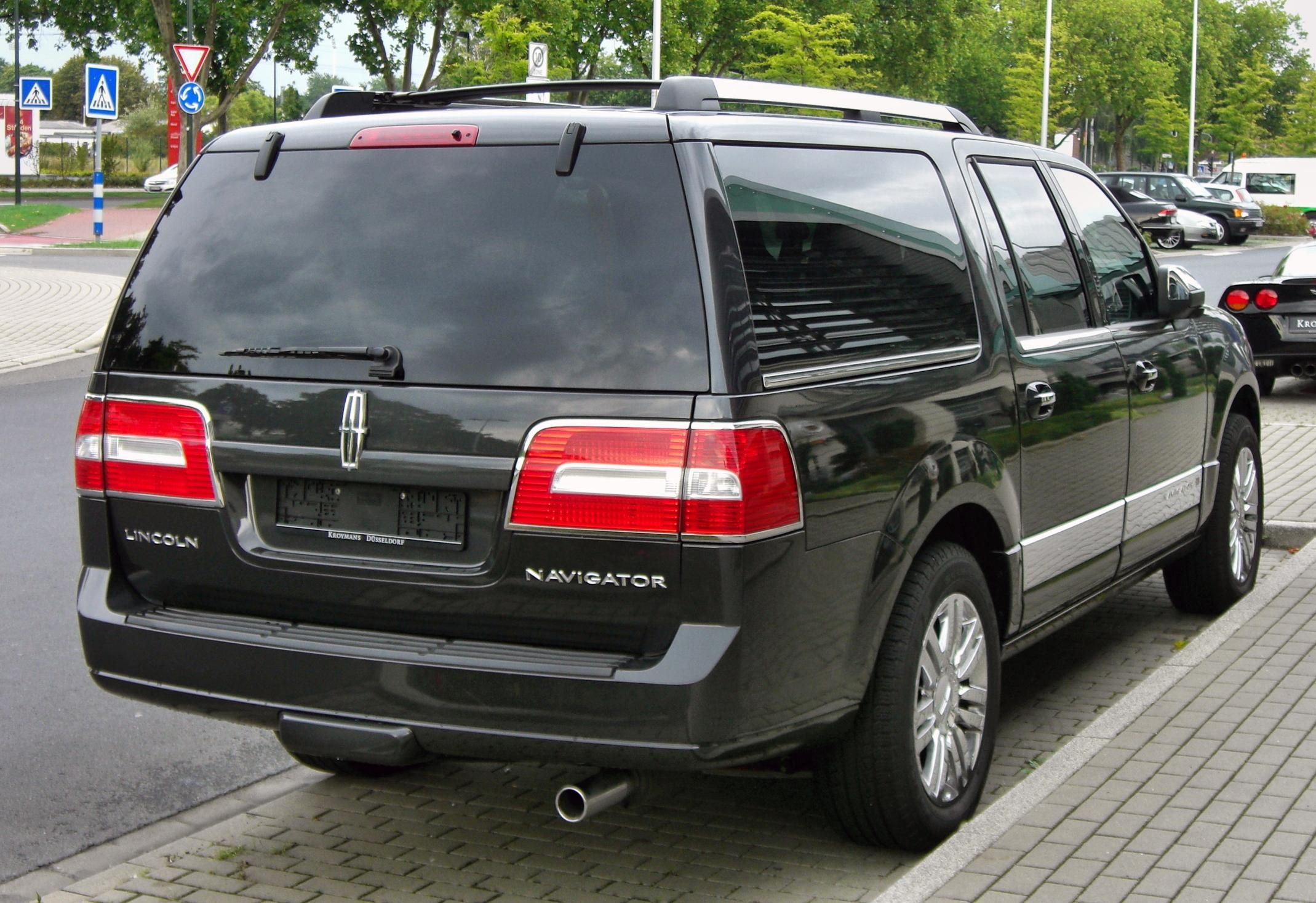Lincoln proudly holds the title of being Ford's luxury brand. Often Lincoln models have come with all the trimmings that one would expect from a luxury marque; upgraded infotainment systems, extra safety features, and obviously the finer things in life like leather and delightful carpets.
As is traditional for the giants of American car manufacturing, the Lincoln Navigator shared its body with other models in the Ford lineup. The F body also gave birth to the Ford Expedition, a full-size SUV in the 1997 model year, with the first Navigator following for the 1997 model year, competing against the Mercury Mountaineer.
Both cars were hugely successful, with the Navigator successfully fighting off other full SUVs such as the British Range Rover. The large Lincoln at introduction wasn't the longest vehicle that the brand ever made, but it was by far the heaviest; mated to a 5.4-liter V8 engine, the car could move with quite some pace, for the time at least.
But this didn't mean that the car was an uncomfortable beast to ride in; with Ford's then-new Air Suspension system, it floated smoothly along the highway.
Although sharing the same nineties era boxy appearance as the Expedition and F-150, the Lincoln had a more upmarket luxury aesthetic in places. Sharing the same front grille as the company's Lincoln Towncar, it was patently clear that this vehicle was an upgrade of its stablemates. It saw and continues to see great success with sky high demand.
Introducing The Third Generation
The second generation saw remarkable improvements over the first and is a much more modern prospect. But with a now somewhat aged design, the second generation is significantly less appealing than the third. Launching in 2007, the third generation Navigator once again shared its body with the Expedition and F-150. Breaking away from the design language of its platform the Lincoln stepped up its game. With distinctive side cladding, complex light clusters, and an increased amount of chrome, the luxury brand definitely made a luxury car.
This style of Navigator ran from 2007 to 2017, with refreshes in 2010 and 2015. The 2015 refresh introduced once again a more complicated design but also the 3.5-liter Ecoboost engine, reducing emissions greatly. However, the 2010 model year is the one to get.
Coming with either a short or long wheelbase and the gearhead pleasing 5.4-liter V8 producing 300 hp, it is a part of the final era of gas-guzzling cars before downsizing and turbocharging truly became king.
The 2010 model, although now over a decade old, is still well equipped, with front park assist and rain-sensing wipers. It isn't as bare-bones as, say, an equally old Ford Expedition, although the infotainment system is definitely showing its age now.
In 2009, Ford introduced a phone connectivity system called Ford SYNC; the Navigator received Lincoln SYNC, largely the same system. It enables Bluetooth connectivity, but due to its age, the capabilities are more limited than the current versions of Apple Car Play and Android Auto.
A More Capable Vehicle
This third generation of Navigator began moving away from the shared body. In 2018, the fourth generation followed through on Ford's 2015 promise that the full-size luxury SUV would become a true rival to the likes of the Mercedes GL Class and the Cadillac Escalade.
This movement began with this generation of Navigator, which came with a new, more capable transfer case that provided greater off-road capabilities. The transfer case connects the transmission to the axles driving, in this case, the front and rear wheels. The extra capability sets this car apart from its siblings, but it is unlikely many of these cars have seen much off-road action.
How Much Does One Cost?
High mileage examples of 2010 Lincolns can be found privately for around $7,000, but buying what is essentially a Ford with 150,000 miles on the clock is a likely way to end up throwing away money and getting driven insane by incessant rattling.
Dealerships are selling examples with around 70,000 miles on the clock for around $22,000. Black cars are more desirable, carrying a slight price premium, but there appears to be little difference between the varied specifications. Some examples have had some work done to them, usually this is largely aesthetic such as more chrome and larger wheels; some have seen modest tunes, but these are often sold privately.
As ever when buying an older car, check the service history and be cautious of cars that have had extensive modification or are missing large parts of their history.
The 2010 model year also carries a slight premium over other years due to its more reliable nature. The Navigator had a recall in 2012 for transmission issues. The 2008 model year also saw recalls for tire pressure monitor failings and issues with the interior door handles. But the 2010 model is free of these issues, making it a wise purchase in comparison to other versions.




